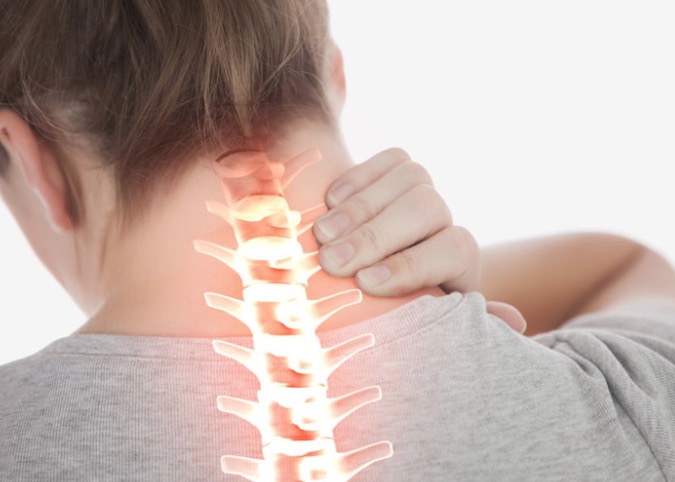Partners in crime: The Two A’s, Anxiety and ADHD
Partners in crime: The Two A’s, Anxiety and ADHD
Partners in crime: The Two A’s, Anxiety and ADHD
Attention deficit hyperactivity disorder (ADHD) and anxiety are true partners in crime. While they are two different diagnoses, they are intimately linked. People with ADHD experiencing tardiness, shortcomings, stigma, procrastination, and uncertainty often experience situational anxiety at the very least. This means that their ADHD symptoms are directly causing stress and feelings of anxiousness. If you have difficulty concentrating in school or if you are forgetful at work, of course you may be anxious and uncertain about the future.
General anxiety can also occur in those with ADHD, perhaps up to 50% of the time. In fact, when it comes to ADHD, general anxiety is the number one comorbidity. In those individuals, severe chronic anxiety interrupts normal tasks with relentless anxiousness and nervousness. While symptoms of ADHD can promote anxiety as described above, the link between ADHD and general anxiety are not completely understood. We do know, however, that the severity of anxiety symptoms can be enhanced by ADHD and vise versa.
Some symptoms of anxiety and ADHD overlap. For instance, restlessness and difficulty concentrating are common to both. Therefore, it is important to seek a professional evaluation to differentiate between the two diagnoses (Pathways Neuropsychology Associates has many experts that can help!). However, there are some tricks and whistles that can help point you in a general direction: ADHD inattention occurs in almost any situation whereas anxiety-related inattention usually occurs while experiencing anxiousness.
Understanding one’s diagnoses is very important when ADHD and anxiety occur at the same time. For instance, emotional regulation and executive function are typically deficient in those with ADHD. Consequentially, those with ADHD may have difficulty in organizing tasks and may become fixated on shortcomings and uncertainties, ruminating over emotionally distressful thoughts. This is a recipe for disaster when it comes to anxiety. It is therefore imperative to address the symptoms of ADHD to also prevent severe anxiety symptoms from flaring up.
The treatments of ADHD and anxiety sometimes go together and sometimes oppose one another. For instance, stimulants such as amphetamines are a typical treatment for ADHD. Alleviating symptoms of ADHD may help with anxiety, but it is also important to note that anxiety itself can often be a side effect of stimulants. Therefore, it is important to strategize best with your healthcare provider to address everyone’s case. Most likely, a combination of medication and therapy will best help tackle the double threat of ADHD and anxiety.
If you suspect you or a loved one is experiencing ADHD and anxiety, contact Pathways Neuropsychology Associates today to get a professional evaluation. At Pathways, we have experts in both ADHD and anxiety that can help address both diagnoses.
The post Partners in crime: The Two A’s, Anxiety and ADHD appeared first on Pathways Neuropsychology Associates.
Source: Pathways Neuropsychology
Partners in crime: The Two A’s, Anxiety and ADHD











